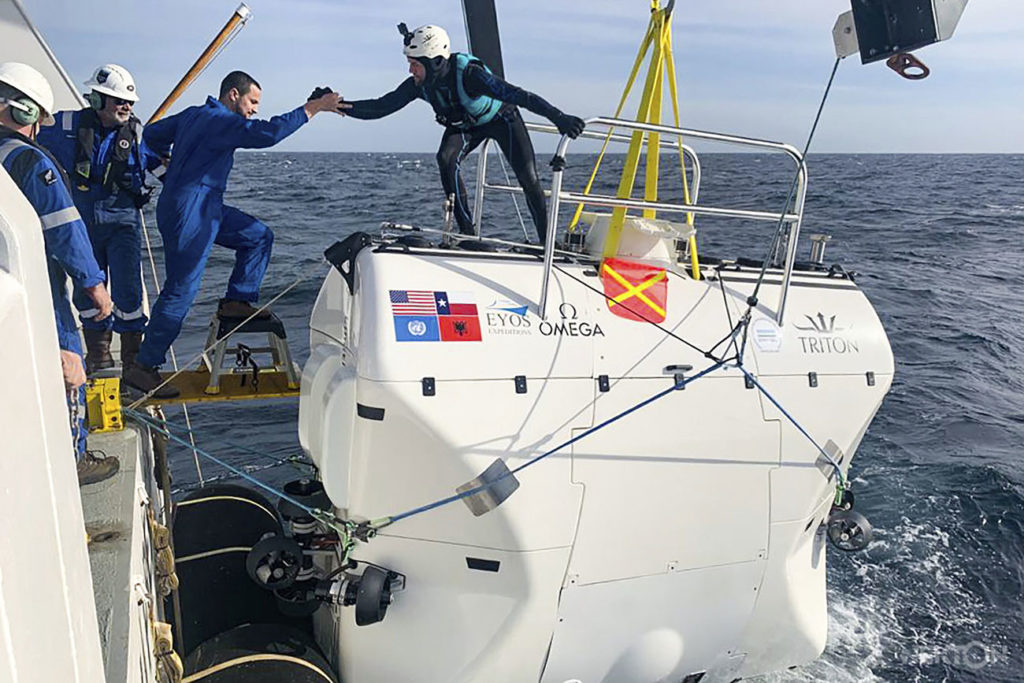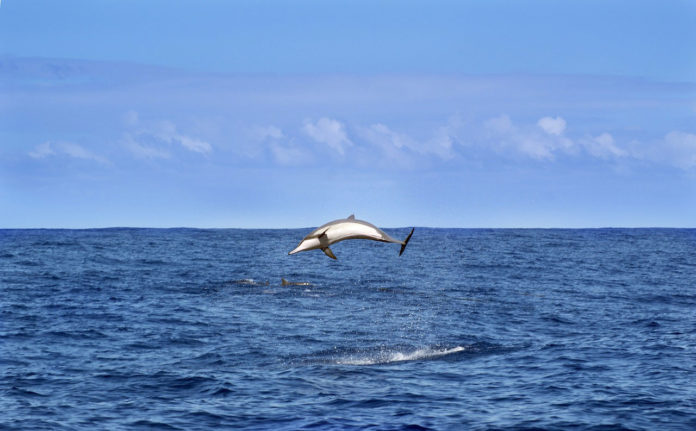The midnight zone, also known as bathyal zone or bathypelagic, is the part of the pelagic zone that extends from a depth of 1,000 to 4,000 m (3,300 to 13,100 ft) below the ocean surface. The zone is continually plunged in utter blackness. It means the life that exists in the midnight zone relies indirectly on the benefits of sunlight.
Now, to explore wildlife and gauge the effects of climate change in the midnight zone, a team of 50 international scientists, technicians, media, and crew will be researching to gather critical data to define conservation and management priorities and the designation of Marine Protected Areas.
Working with the Seychelles and Maldives governments, this 35-day expedition will start in Seychelles on March 16th, 2020.
The expedition will undertake the first research of seamounts in this area under the Indian Ocean.
To investigate such inhospitable depths profundities, Nekton scientists will board one of the world’s most advanced submersibles, called ‘Limiting Factor.’

Nekton mission director Oliver Steeds said, “The area that we’re going to be researching, it’s one of the most bio-diverse parts of the world’s oceans. So what we’re going to find there is unknown.”
The Limiting Factor is a two-person vessel that is capable of diving to full ocean depth. It is the world’s first and only manned-submersible that will be certified for dives to 11,000 m / 36,000 ft.
In August 2019, the “Limiting Factor” dived to the deepest point of all five of the world’s oceans- reaching 11,000 meters (36,000 feet) down of the Arctic Ocean.
Scientists will use sampling, sensor, and mapping technology to identify new species and towering seamounts, as well as observe man-made impacts, such as climate change and plastic pollution.
Dan Laffoley, a marine expert for the International Union for Conservation of Nature, said, “When we think of the living space on the planet for species, over 90% of that living space is in the ocean, and most of that ocean is unexplored. So it’s critical, at this time, when we see such large changes occurring, that we get people down there, we get eyes in the ocean, and we see what’s happening.”
